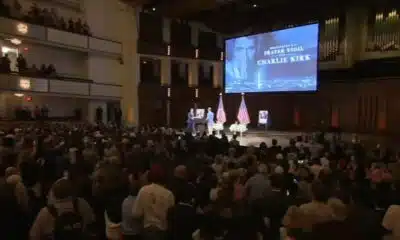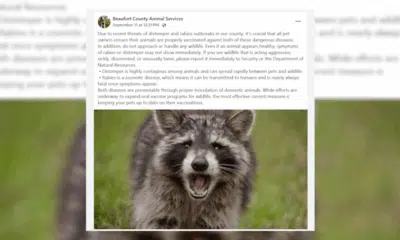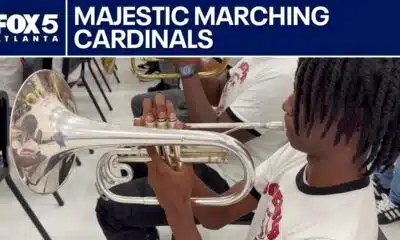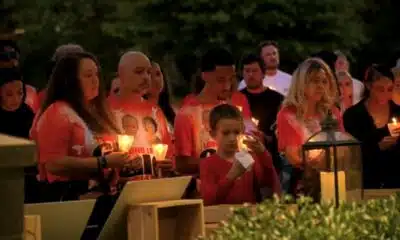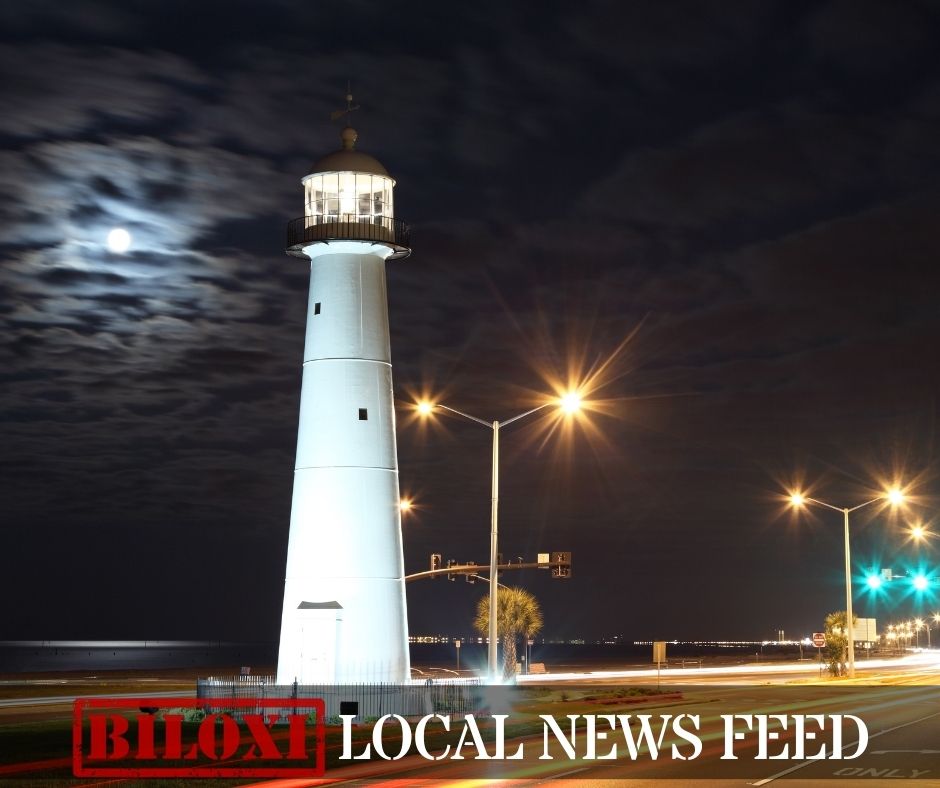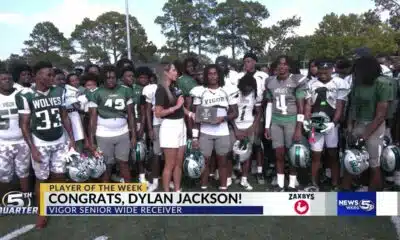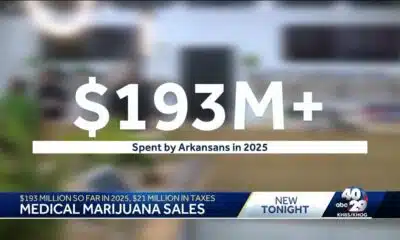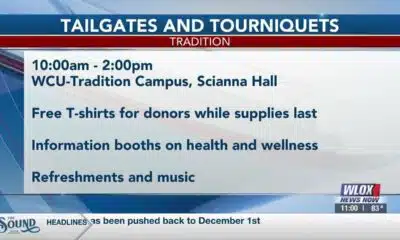(The Center Square) – The Georgia House of Representatives and Senate reached an agreement on the $37.7 billion for fiscal year 2026 that includes no bonds for capital projects.
The House recommended issuing bonds for $321 million. Gov. Brian Kemp and the Senate disagreed and recommended drawing from the state’s coffers.
Lawmakers approved an additional $200 million for the Department of Corrections, which was $75 million more than Kemp’s recommendation. Part of the money will go toward salary enhancements for state prison workers and an additional 700 corrections offices.
The budget includes $141 million for the Georgia Promise Scholarship, the state’s school choice program that begins with the 2025-26 school year. A database that would track school threats was removed, but $20 million in mental health support grants for the state’s middle and high schools was included.
Also out of the budget is $7 million for the World Congress Center Authority. The money would have been used to prepare for major sporting events coming to Atlanta in the next few years. The Senate removed it from the mid-year budget, but the House added it to the FY26 spending plan.
“Super Bowl 62 is three years away, the NCAA Final Four for 2031 is six years away,” Senate Appropriations Chairman Blake Tillery, R-Vidalia, said when presenting the Senate version of the budget last week. “If we’re going to fund those now, we would allow those entities to hold the interest on state funds. Why would we not hold those $7 million and interest in state funds?”
The budget is 4.4% higher than last year. Rep. Scott Holcomb, D-Atlanta, asked House Appropriations Chairman Matt Hatchett, R-Dublin, if he thought the budget would hold up in light of recent economic changes brought on by President Donald Trump’s tariffs.
“I would think this budget could stand,” Hatchett said. “This is our number one job. I don’t think anyone in here would not object to coming back and correcting something that all of the sudden unforeseen to us we have to correct.”





